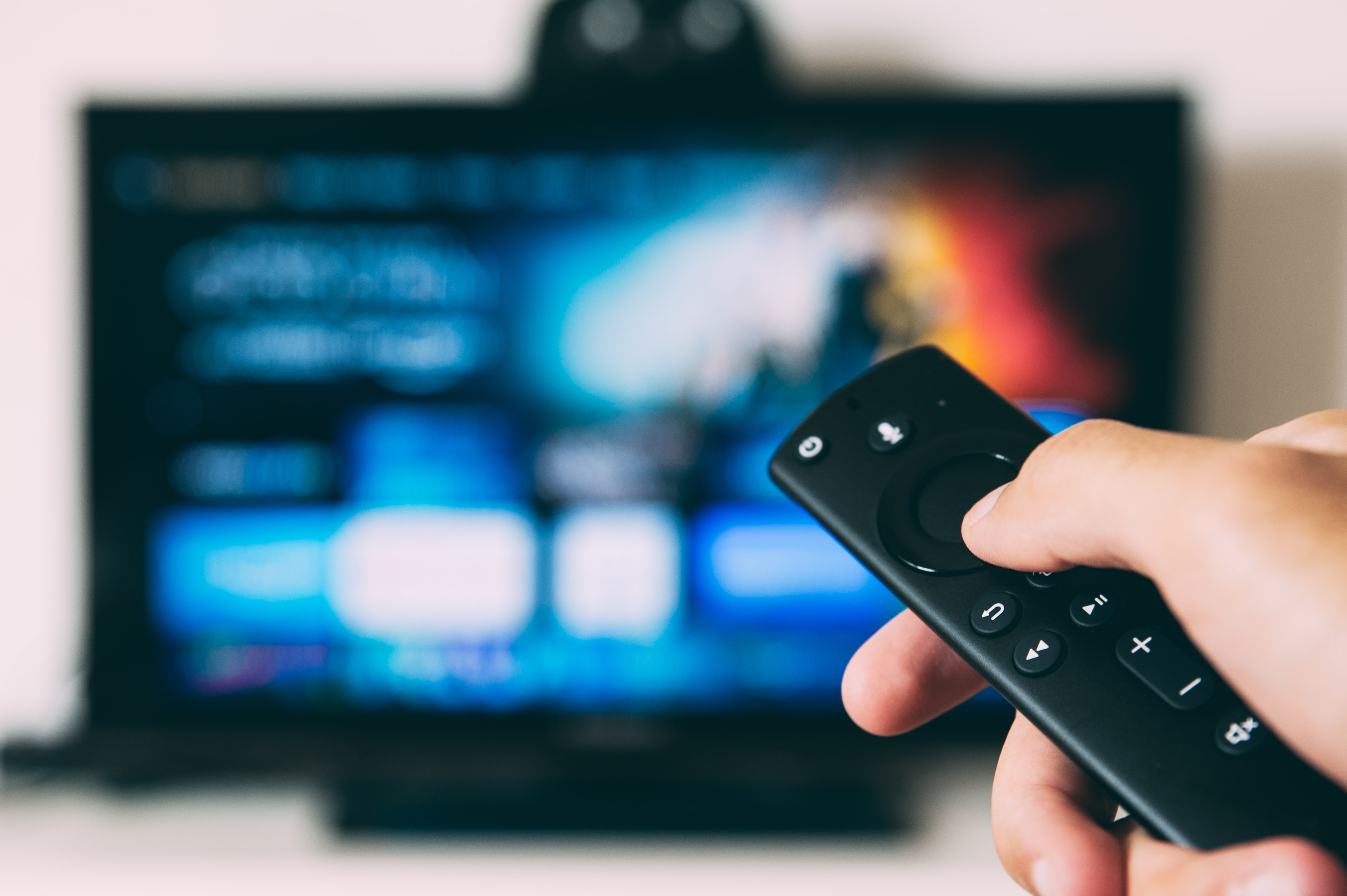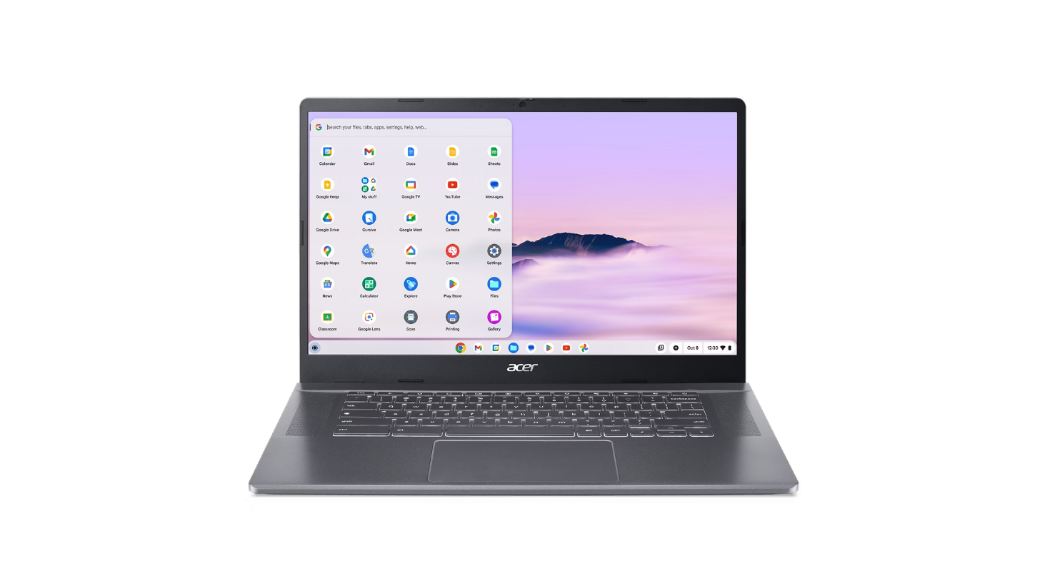How Next Gen TV Can Help Close The Digital Divide
A new prototype utilizes Next Gen TV and QR codes to allow two-way communication between teachers and students via broadcast.

A new application developed by The National Association of Broadcasters (NAB) could help close the digital divide by utilizing cutting-edge broadcast TV technology to allow students to receive and respond to work assigned by their teachers.
The first-of-its-kind application utilizes Next Gen TV technology. A prototype was developed by NAB in collaboration with Howard University Middle School of Mathematics and Science and Fincons Group, an international IT consultancy.
“If you think about the characteristics of broadcasting, it's a really great way to reach people because you have a signal that covers a large area. Cell towers don't have the same sort of coverage area that a broadcast TV station has,” says Sam Matheny, NAB’s chief technology officer and executive vice president . “Not everybody has a smartphone, or a tablet, or a laptop, and even if we give those things out, they tend to break, or get used for other purposes. But virtually everyone has a television set.”
What Is Next Gen TV and This Application?
Next Gen TV, also known as ATSC 3.0, is a new standard for broadcasting that is currently being launched at broadcast stations throughout the U.S.
"The deployment of ATSC 3.0 continues and has good momentum. It is now live in 66 markets with transmissions in markets that reach over 60% of US households," Matheny says.
Next Gen TV is based on internet protocols and allows for targeted broadcasts to be sent as well as more robust datacasting (sending data via broadcasting). Schools can use datacasting to send tests, reading materials, or other assignments that take the form of word documents, excel sheets, and much more. Students can also complete tests and save the work on their own devices.
A prototype developed by NAB and Howard University takes the interactivity of Next Gen TV even further.
Tools and ideas to transform education. Sign up below.
“They can follow their lessons, they can fulfill the coursework, and they can complete their homework assignment, thanks to their datacasting,” says Oliver Botti, strategic marketing and innovation executive director at Fincons Group. “When they complete their assignment, they can submit the assignment via smartphone using a QR code.”
He adds that this is a simple technology that is widely available and helps establish the two-directional link between students and their teachers, which is vital for remote learning and helpful for homework for schools operating in-person.
For this prototype, classes were presented in a TV guide-style menu, and there was a color-coded system signaling to students which work was completed, ongoing, or outstanding. When a student completed work, the QR code was generated.
How Can Schools Use It?
Staff at Howard University Middle School of Mathematics and Science helped develop the prototype by suggesting tools and capabilities, but the technology has not yet been deployed to students. Even so, there’s a lot of enthusiasm about its potential.
“We've been blown away by what knowledge has come out of this demo and what the opportunities are,” says Sean Plater, general manager of public television station WHUT-TV at Howard University. “The middle school was really excited about it from the very beginning. They've offered up some of their systems and content to help build this out, and it's something that they see as a truly viable option in this space.”
Matheny, from NAB, says that school leaders looking to learn more about this application and how to potentially use it at their schools can contact him. They can also view a presentation on it on the NAB Amplify Website, and the technology will be presented during the NAB Show in October in Las Vegas. Matheny is hoping the technology will attract interest from schools and businesses.
“What I would love to see happen is for it to be commercialized and for someone to take this prototype and to say, ‘Hey, let's really implement this,’” he says.
Erik Ofgang is a Tech & Learning contributor. A journalist, author and educator, his work has appeared in The New York Times, the Washington Post, the Smithsonian, The Atlantic, and Associated Press. He currently teaches at Western Connecticut State University’s MFA program. While a staff writer at Connecticut Magazine he won a Society of Professional Journalism Award for his education reporting. He is interested in how humans learn and how technology can make that more effective.

